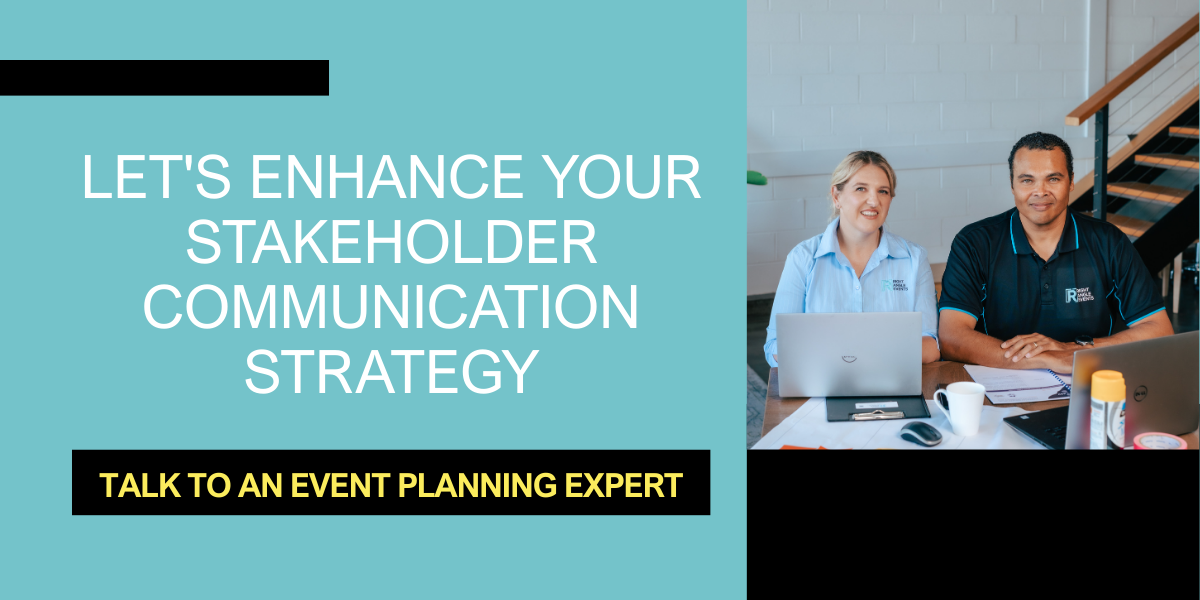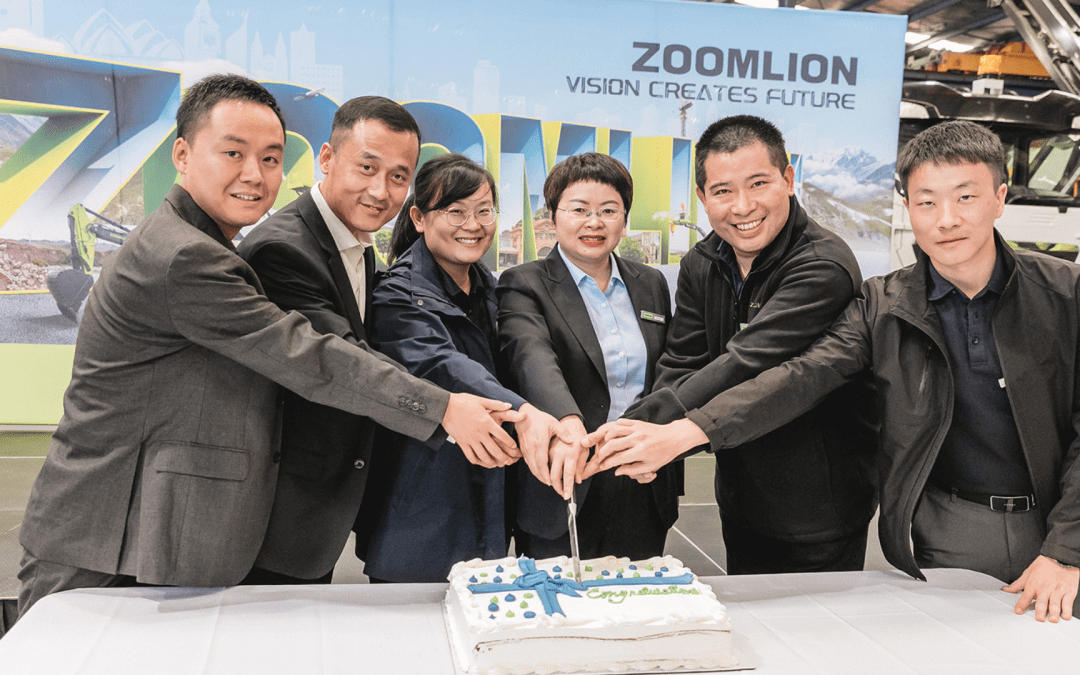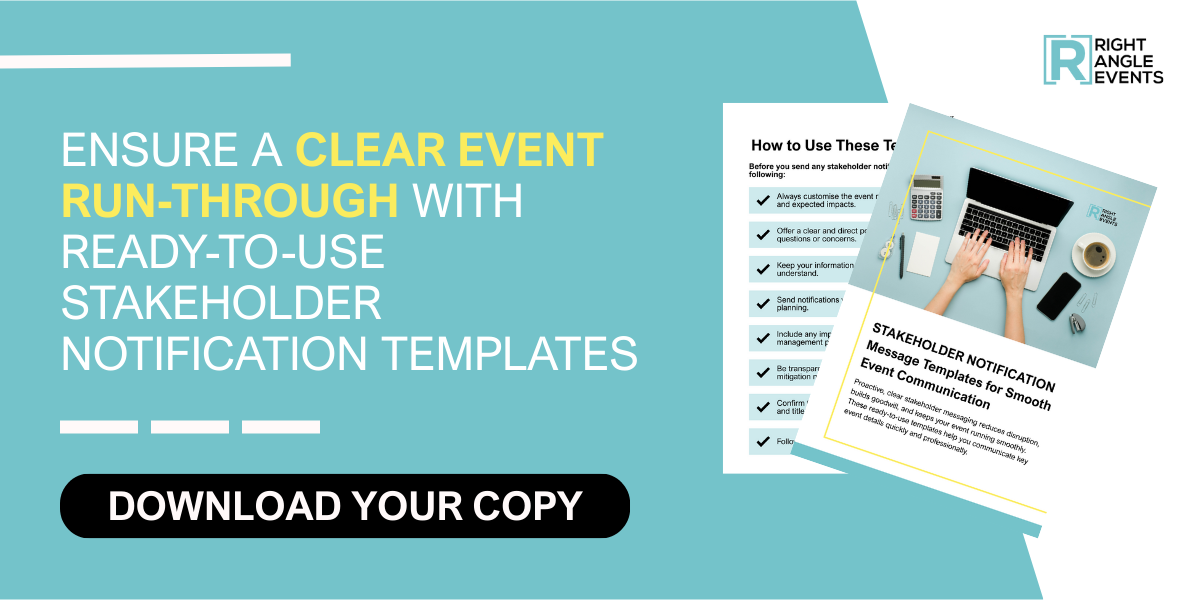Planning an event in Australia today involves more than just logistics. It’s about creating experiences that resonate with diverse audiences and deliver measurable outcomes. As the industry continues to expand, so do the expectations of attendees, sponsors, and communities. According to the IMARC Group, the Australian event management market reached USD 16.4 billion in 2024 and is projected to grow at a compound annual growth rate of 11.2%, reaching USD 45.7 billion by 2033. This growth is driven by increased demand for corporate events, festivals, and exhibitions, highlighting the need for strategic planning and execution.
This blog explores how you can strengthen your event planning process through an effective event stakeholder notification strategy. You will learn how to identify your stakeholders, understand their concerns, craft appropriate communications, and manage the entire notification process with confidence. Whether you are organising a major corporate gathering or a community fundraiser, thoughtful stakeholder engagement is critical to ensuring a smooth, compliant, and well-supported event.
Let’s get started!
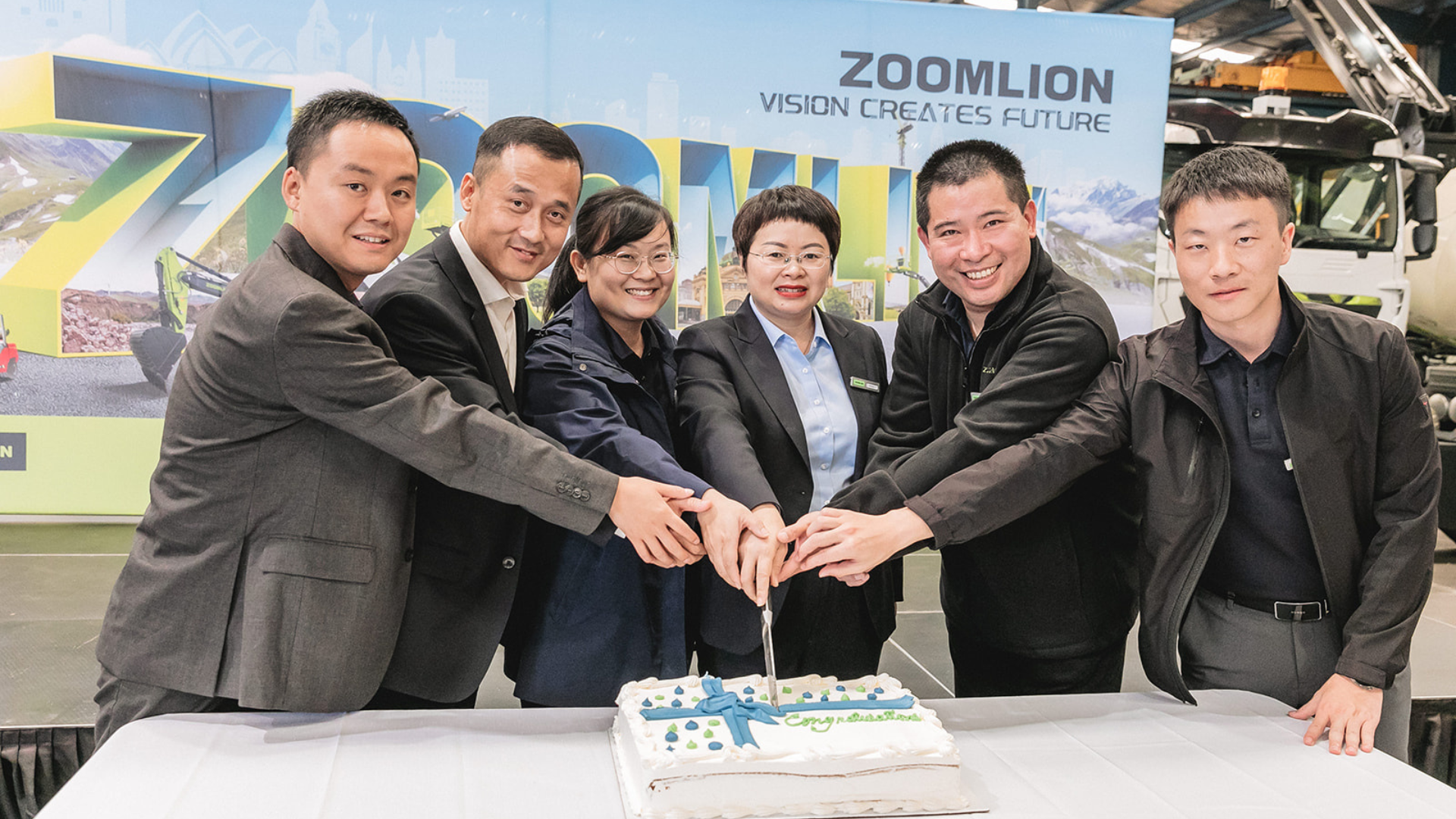
Identifying Your Stakeholders
Building strong event stakeholder relationships starts with clear identification. Every event touches different groups in different ways, and recognising who these groups are helps you manage expectations, avoid conflicts, and build lasting support. Overlooking even one important stakeholder can lead to complications that could negatively impact your brand’s reputation. Key stakeholders may include:
- Local government authorities
- Emergency services
- Nearby residents and businesses
- Sponsors and partners
- Vendors and suppliers
To identify event stakeholders effectively, you can follow this process:
1. Map the Event’s Impact
Think through every aspect of your event, such as location, duration, traffic flow, noise, and resource usage. Identify who might be affected directly or indirectly by these elements, and note them as potential stakeholders.
2. List Operational Partners
Consider everyone who will be involved in executing the event, including caterers, security teams, staging companies, and transport providers. Each of these groups has operational needs and responsibilities that require clear communication.
3. Consult Regulatory Requirements
Review local laws and regulations to determine which authorities must be informed or consulted. Councils, police, fire services, and other regulatory bodies often have notification and approval requirements tied to event stakeholder engagement.
4. Consider Community and Reputation
Identify nearby residents, business owners, and broader community groups whose daily activities or environment may be disrupted. Being proactive with these stakeholders not only addresses potential concerns but also protects your organisation’s reputation.
5. Prioritise Stakeholders Based on Influence and Interest
Once you have a full list, group stakeholders according to their level of influence and their interest in your event. This will help you tailor communications to the right level of detail and urgency for each group.
A well-organised approach to identifying event stakeholders ensures your planning is thorough, respectful, and strategically focused.
Understanding Stakeholder Interests and Concerns
Understanding what matters to each event stakeholder is critical to building trust and securing cooperation. Different groups naturally have different priorities, and anticipating these early on positions you to address potential issues before they arise. Local authorities might focus on public safety, crowd management, and environmental impact, while sponsors will often measure success by visibility, brand alignment, and audience engagement. Residents near your venue may be concerned about noise levels, traffic congestion, or changes to public access, all of which can be managed more effectively with early, thoughtful communication.
Taking the time to understand each event stakeholder’s concerns strengthens overall event outcomes. Surveys, structured interviews, and direct conversations provide valuable insights into what stakeholders expect, what they fear, and what support they may need. For example, a vendor may need assurances around bump-in and bump-out times, while a council representative may require early submission of risk management plans. Gathering these insights early allows you to prepare tailored notifications, reduce misunderstandings, and foster a spirit of collaboration throughout the lead-up to your event.
Crafting the Notification Message
A thoughtful stakeholder notification message shows that you have considered their interests and are committed to minimising any inconvenience. By tailoring your messaging to the stakeholders’ priorities, you position your event as well-organised, professional, and considerate, which can influence cooperation and support throughout the process.
You message should be direct, respectful, and easy to understand. It should outline the key details stakeholders need to know while showing that you have anticipated and addressed potential concerns. When drafting your event stakeholder notifications, be sure to include:
- The Purpose and Scope of the Event: Briefly explain what the event is, who it is for, and its broader significance.
- Expected Impacts: Clearly outline any temporary disruptions, such as traffic delays, parking limitations, noise levels, or restricted access.
- Mitigation Measures: Detail the steps you are taking to minimise disruption, such as traffic management plans, noise control measures, or alternative access points.
- Contact Information: Provide a direct point of contact for any questions, concerns, or feedback.
Providing stakeholders with relevant information early builds goodwill and reduces the likelihood of last-minute objections or misunderstandings. It also allows them to make any necessary adjustments on their end, such as communicating with their own teams, customers, or residents.
To support your planning, we have created a downloadable PDF containing customisable stakeholder notification templates. These templates are designed to help you communicate clearly and professionally with your event stakeholders, saving you time while ensuring consistency and precision across all your outreach.
Choosing the Right Channels for Notification
Selecting the right communication channels is just as important as crafting the message. Even the most thoughtfully prepared notification can lose impact if delivered through a method that does not suit the event stakeholders’ preferences or expectations. Formal memos may suit government officials and regulatory bodies that require documentation for compliance purposes, while an email or scheduled phone call may be more appropriate for vendors and operational partners who value speed and accessibility.
By considering factors such as the stakeholders’ role, operational environment, and preferred style of communication, you can ensure your message is both received and respected. Effective channels include:
- Formal letters or memos
- Email communications
- Direct phone calls
- Public notices for the wider community
Tailoring the delivery method ensures that each stakeholder group receives information in a format that supports clarity and timely action. Choosing your communication channels thoughtfully strengthens engagement, builds confidence among event stakeholders, and streamlines the overall planning process.
Managing Notification Timing, Follow-Up, and Compliance
Providing enough notice gives stakeholders time to assess impacts, raise concerns, and collaborate with you on solutions. Following up ensures that important messages are acknowledged and acted upon, while thorough record-keeping protects your event’s compliance status and professional reputation. By keeping your communication process organised, you build stronger relationships and streamline future event planning activities.
1. Notification Timing
Send initial notifications as early as practical, typically at least 6–8 weeks before the event date. Larger events or those requiring permits should allow for even longer lead times to meet regulatory approval deadlines.
2. Follow-Up Communication
Schedule follow-up emails or calls within two weeks of the original notification to confirm receipt and address any immediate questions. This shows your commitment to transparency and provides early opportunities to resolve issues.
3. Communication Tracking
Keep a detailed log that records the date, method, and content of every communication with event stakeholders. This record can help settle any disputes and demonstrates a responsible planning approach if you are audited or challenged later.
4. Documenting Feedback and Adjustments
Record any feedback received and any adjustments made to your event based on stakeholder input. Capturing this information builds a history of responsiveness that strengthens trust and can improve relationships for future engagements.
Clear communication backed by consistent follow-up and thorough documentation enhances both compliance and stakeholder satisfaction. A strong notification process helps protect your event’s success while reinforcing your professionalism and reliability.
FAQs on Stakeholder Notification for Event Planning
We’ve compiled a few of the most frequently asked questions in relation to stakeholder notifications below. If you have further questions or specific enquiries, please don’t hesitate to reach out!
Q1: How far in advance should I notify stakeholders of an event?
The notification timeline depends on the event’s size and impact. Larger events typically require several months’ notice, while smaller events may only need a few weeks’ notice.
Q2: What should I do if a stakeholder does not respond to my notification?
Follow up using an alternative method, such as a phone call or personal meeting, and document each attempt.
Q3: Is it necessary to customise communication for every stakeholder?
Yes, customised communication ensures that each stakeholder’s specific concerns and needs are addressed, fostering trust and cooperation.
Q4: What happens if a stakeholder raises an objection to the event?
Listen carefully to their concerns and seek to find practical solutions where possible. Document the discussion and any agreed changes to show that you have engaged proactively and responsibly.
Q5: Should I notify stakeholders even if the event is small or private?
Yes, even small or private events can impact nearby businesses, residents, or service providers. Keeping all affected parties informed helps prevent misunderstandings and builds goodwill.
Q6: How can I make sure my stakeholder notifications meet local compliance requirements?
Consult the relevant local council or regulatory body early in your planning process to confirm their specific notification guidelines. Align your communications with these requirements and keep copies of all correspondence for your records.
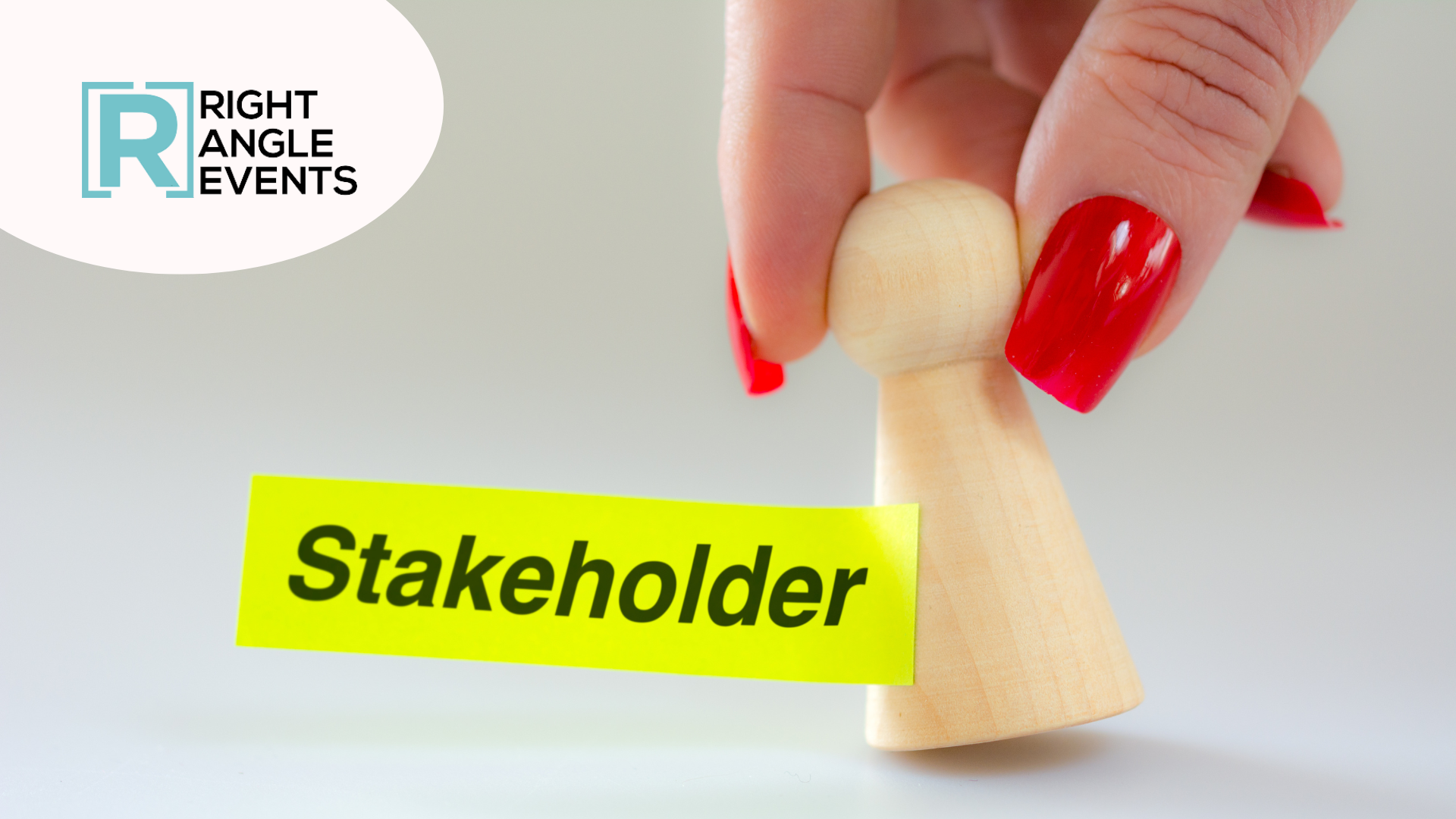
Ensuring a Smooth Stakeholder Notification Process
Strong event stakeholder communication begins well before the first notice is sent and continues through every stage of planning. By identifying the right contacts early, understanding their interests, and choosing the most effective communication methods, you give your event the best chance of running smoothly. Clear, respectful, and timely notifications reduce uncertainty, encourage collaboration, and position your organisation as a trusted event partner.
It also builds long-term goodwill. Taking the time to inform and involve stakeholders properly can mean the difference between facing resistance and gaining active support, not just for the current event, but for future initiatives as well.
Ready to strengthen your next event with a considered stakeholder communication strategy? Book a consultation with our team and let’s plan your success together.
